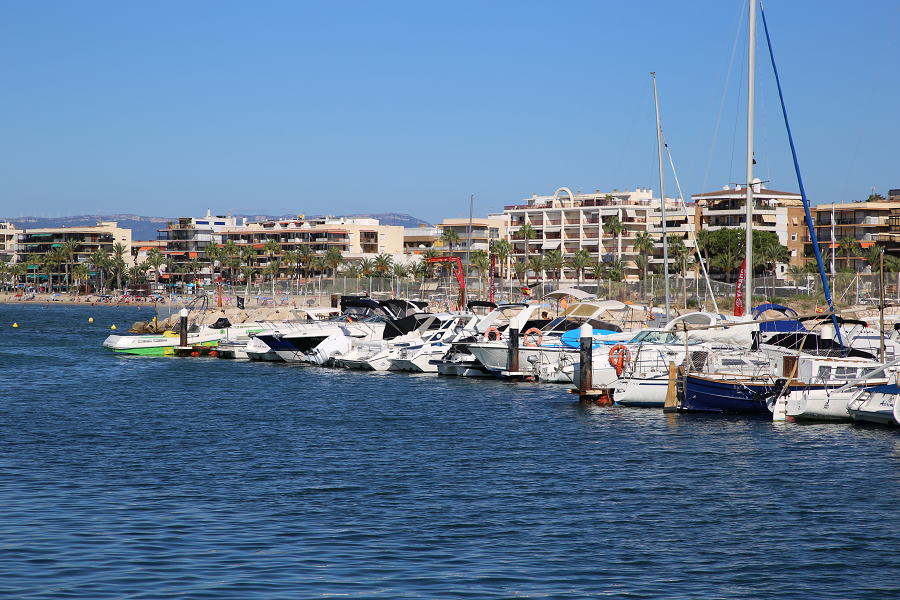Isturitz and Oxocelhaya Caves – a “Geological Miracle” in the Heart of the Basque Country
The exact location of the caves is in the municipalities of Isturitz and Saint Martin d’Arberou, on the Gaztelu hill. This place is called the “prehistoric universe” and a “geological miracle”. Why?
Isturitz Cave (fr. la grotte d’Isturitz)
It occupies a privileged position in the foothills of the Western Pyrenees, not far from the current Atlantic Ocean coastline (about thirty kilometers away) and the first foothills of the Pyrenees (the first peaks at more than 1000 m altitudes are about 20 km away). In general, its main geographical advantage is that it is located, on the one hand, between the Aquitaine plain and, on the other hand, the Basque-Cantabrian Gulf and the Ebre Valley (la vallée de l’Ebre).
The stratigraphic section consists of more than ten archaeological layers assigned to two periods (the Middle Paleolithic and Upper Paleolithic).
Oxocelhaya Cave (fr. la grotte Oxocelhaya)
This is a cave rich in rooms. You can get acquainted with cave art here – drawings can be found in the cavities, on walls, ceilings and the floor. The prehistoric paintings contain a lot of obscure signs, horses and drawings of bison.
History
Phosphate mining began in Isturitz cave in 1895. Workers have discovered many prehistoric items, such as animal figurines since this time. Their historical value was recognized in August 1895, after which interest arose in the archaeological site.
The start of the excavation work dates back to 1912. An engraved pillar of the Isturitz Great Hall was discovered in 1922. The caves were assigned as historical monuments on October 1st, 1953 in order to protect the site.
Horse and bison engravings and drawings were discovered in 1955.
A third Erberua cave was discovered on August 15th, 1973. Surfaces painted in red were found in 1975 here, and they found engravings and paintings on the walls in 1977.
Many aesthetic and artistic manifestations were noticed in the caves, such as wide colored surfaces, signs and engraved figures of animals.
Research continues annually in collaboration with the Regional Archeology Service.
Rates:
Adult – 11 euros;
Teens (from 15 to 17 years old), students, persons with disabilities – 10 euros;
Child (7-14 years old) – 4.50 euros;
Children under 7 years old – free of charge.
How to get there
By car:
From Biarritz: A63, A64, D21, D10, D251
From Toulouse: A64, D936, D123, D10, D251
Coordinates: 43 ° 21 ′ 10 ″ N, 1 ° 12 ′ 22 ″E











